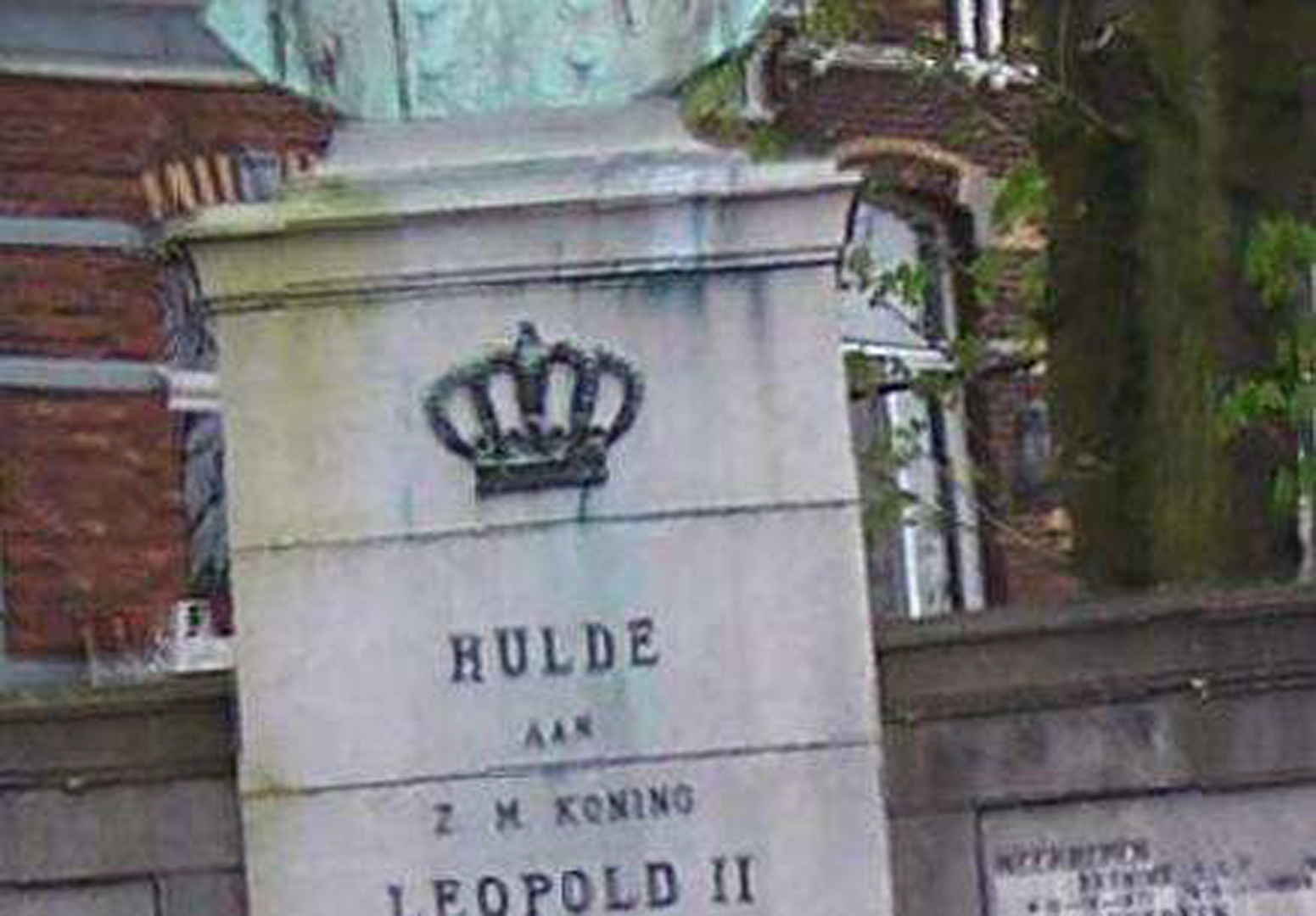“Video enhancement using reference photographs” by Ancuti, Haber, Mertens and Bekaert
Conference:
Type(s):
Title:
- Video enhancement using reference photographs
Presenter(s)/Author(s):
Abstract:
Handheld digital video cameras have become increasingly popular and cheaper in recent years. Even still cameras offer additional functionality for shooting videos. Unfortunately, the small form factor of these devices limits the light sensitivity, and often the the lens and sensor do not allow for satisfactory image quality. Matters become worse as each frame can be exposed for only a fraction of a second. Even for such short exposures, motion blur is still noticeable and may destroy visual details. In addition, the internal bandwidth of the storage unit inside the camera also puts a limit on resolution. Image quality may also suffer from the ability of the person that operates the camera. The dynamic range of current cameras is not high enough to correct over- and under-exposure afterward, and excessive shake increases motion blur. On the other hand, when taking photographs with a still camera, we are much less subject to these issues. We wish to process a video into a more aesthetically pleasing version, by borrowing information from high quality reference photographs of the same scene. Since the process of taking a photograph is not time-critical, we can afford a longer exposure for reducing noise, and record more information to increase resolution. Also, photographs are less prone to motion blur if a tripod is used.
References:
1. Freeman, W. T., Jones, T. R., and Pasztor, E. C. 2002. Example-based super-resolution. IEEE Computer Graphics and Applications 22, 2 (March/April), 56–65.
2. Hertzmann, A., Jacobs, C. E., Oliver, N., Curless, B., and Salesin, D. H. 2001. Image analogies. In SIGGRAPH 2001, Computer Graphics Proceedings, ACM Press / ACM SIGGRAPH, E. Fiume, Ed., 327–340.
3. Kwatra, V., Schdl, A., Essa, I., Turk, G., and Bobick, A. 2003. Graphcut textures: Image and video synthesis using graph cuts. ACM Transactions on Graphics, SIGGRAPH 2003 22, 3 (July), 277–286.
4. Lowe, D. 2004. Distinctive image features from scale-invariant keypoints. In International Journal of Computer Vision, vol. 20, 91–110.
Additional Images:






